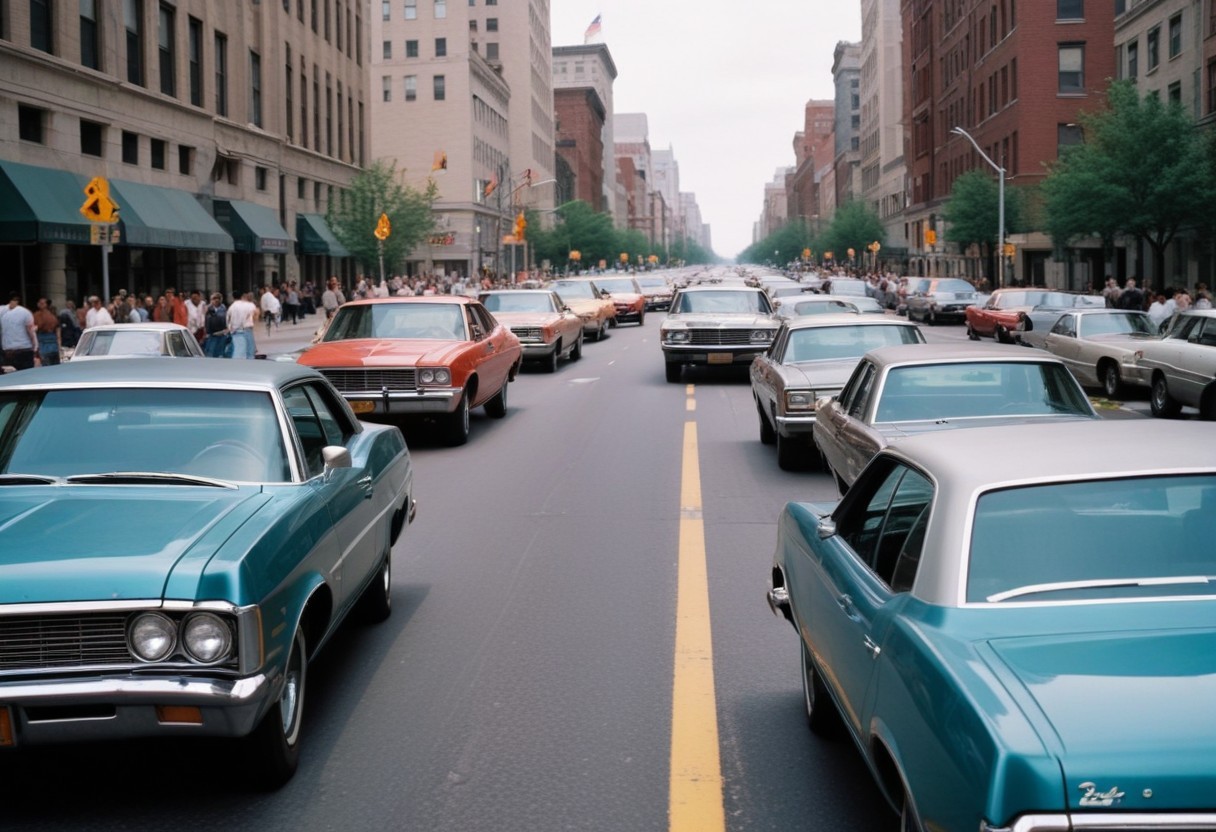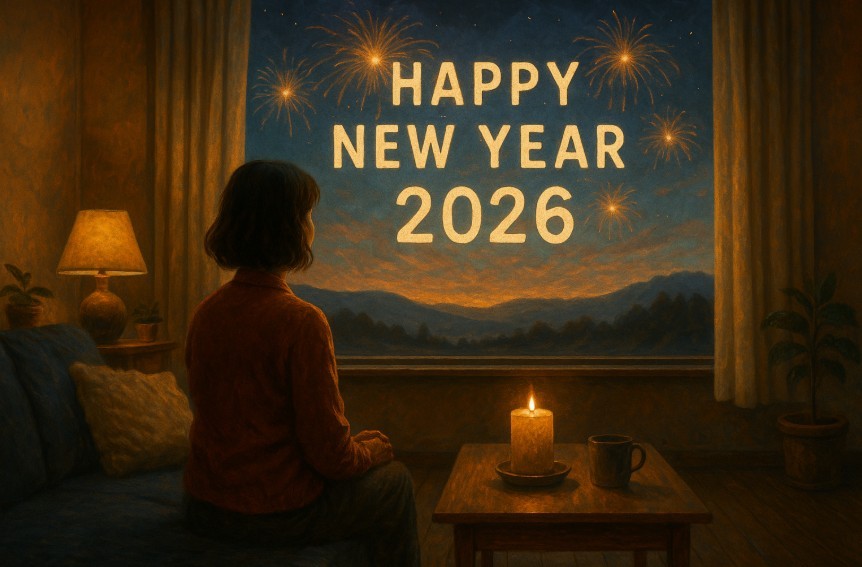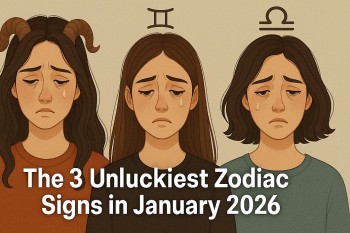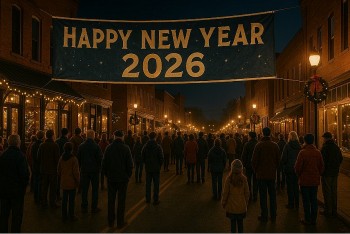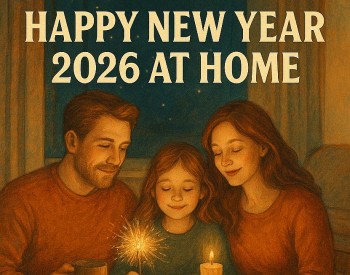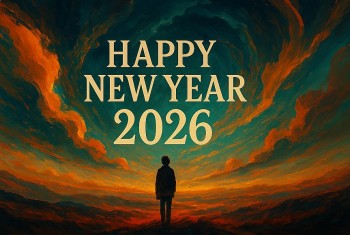Top 10 Most Diverse Cities in the United States
| Table of Contents |
In politics and the media, diversity is a topic that is gaining popularity. Diversity is not just an important social justice problem, but overwhelming data suggests that it creates a variety of benefits for organizations, schools, and communities. Diversity is central to views on immigration and a driving force behind the Black Lives Matter campaign.
According to research by McKinsey, having a diverse workforce can improve financial performance. There are mental, social, and emotional advantages to racially diverse classrooms and institutions. Additionally, a person's identity and social interactions might be positively impacted by living in a diverse society.
 |
| Top 10 Most Diverse Cities In The US Today |
What is the race percentage in America?
| U.S. census, spreading Latino / Hispanic based on their racial identification | |
|---|---|
| Self-identified race | Percent of population |
| White | 61.6% |
| Black or African American | 12.4% |
| Two or more races | 10.2% |
Sixty-four percent of Americans think that diversity in racial and cultural backgrounds is good for the nation. The demographic composition of the population is composed of 60% white people, 19% Hispanics, and 12% Black people.
| As of 2022, there were 47.9 million Black Americans who identified as such. Since 2000, when 36.2 million Americans classified as Black, the number of Black people has increased by about 10 million, representing a 32% rise over almost 20 years. 5.1 million Black Americans, or over 11% of the country's Black population, were born outside of the United States in 2022. Compared to 2000, when 2.4 million Black individuals, or 7% of the population, were foreign-born, this represents an increase. |
What Constitutes a Diverse City?
A city's diversity is a complex idea that goes well beyond its population and demography. It includes a variety of elements that work together to produce a lively and welcoming atmosphere. A closer look at the factors that contribute to a city's diversity is provided here.
Diverse Demographics
Race & Ethnicity: A multicultural metropolis has a wide range of racial and ethnic backgrounds. People of different racial backgrounds, including African Americans, Asians, Hispanics, White people, Indigenous people, and more, are included in this.
Age Groups: Diversity encompasses a range of age groups, including elders and working-age individuals as well as kids and teenagers.
Gender and Sexual Orientation: Cities that are inclusive are hospitable to individuals of all genders and sexual orientations because they value and celebrate the diversity of gender and sexuality.
Diversity of Cultures
Languages Spoken: The number of languages that locals speak is typically a good indicator of their diversity. Many languages coexist and weave a colorful linguistic tapestry.
Cuisine: Reflecting the cultural diversity of its citizens, a diverse city offers a vast variety of culinary traditions and cuisine options.
Religions and Beliefs: A rich tapestry of faiths and customs is created in cities with different populations, which frequently include a mix of religions and belief systems.
Financial Possibilities
Work Market: A diversified city offers a variety of jobs in a range of areas and businesses.
Income Levels: A healthy socioeconomic ecology is ensured by the inclusion of people from a variety of income categories, or economic diversity.
Entrepreneurship: A thriving business community, comprising individuals from all backgrounds, is a major factor in promoting economic diversity.
Academic and Educational Establishments
Universities and Colleges: Diverse cities frequently have a wide range of educational establishments that draw staff and students from all over the world.
Research and Innovation: Diverse cities often serve as centers for both, creating a vibrant intellectual atmosphere.
Culture and the Arts
Cultural Institutions: Museums, galleries, theaters, and performance venues are only a few of the diverse cities' many cultural institutions.
Festivals and Events: A variety of customs, artwork, and performances are displayed during festivals and events, which honor cultural diversity.
Inclusivity and Accessibility
Accessibility: To ensure that everyone can fully participate in city life, a varied city stresses accessibility for all people, including those with impairments.
READ MORE: Facts About Texas - The Second Biggest State In America
Top 10 Most Diverse Cities In The US Today
1. Vallejo, California
35.3% are Caucasian.
Black or African American: 20.3%
0.4% Native Americans and Alaskans
Asians make up 23.8%
1.1% of Pacific Islanders and Native Hawaiians
12.2% of the other race
The population of Vallejo, a city in California, is 125,132. Solano County is home to Vallejo. Most people who live in Vallejo own their homes, and the area has a thick suburban feel to it. Vallejo has a large number of parks. Vallejo is home to a large population of young professionals and liberal locals.
2. New York
Ethnicity: 24.3% Black or African American, 13.9% Asian, 29.1% Hispanic or Latino (of any race), and 42.7% White
New York City, often regarded as one of the world's most varied cities, is the most diverse city in the United States. Within its five boroughs, this melting pot of cultures, languages, and traditions provides a genuinely worldwide experience. NYC has an unparalleled cuisine scene if you're interested in experiencing different cultures. There are almost 8.5 million people living in New York City, and the median salary is $34,400. 3.North Carolina's High Point.
READ MORE: Who Are The Native Americans: Culture, Traditions and Religions
3. High Point, North Carolina
 |
High Point is located in North Carolina's Piedmont Triad, which is bordered to the east and northwest by Winston-Salem and Greensboro, respectively. Often referred to as the Furniture Capital of the World, it is the ninth-largest city in North Carolina.
Distribution of races: In 2019, the majority race (White) accounted for less than 50% of the population, a decrease from 54% in 2010. As a result, the racial distribution became more evenly distributed, and the point value increased from 14 in 2010 to 18 in 2019.
Multiracial: In 2019, slightly more than 3% of people identified as multiracial. Even though this might not seem like much, it is an improvement over the 1% in 2010 and raises the city's score from one to five points in this category.
Foreign-born: In 2019, 13% of High Point's population identified as foreign-born, up from 12% in 2010. As a result, the city's score increased from three in 2010 to five in 2019.
Bilingual: In 2019, 10% of the population spoke two languages, up from 6% in 2010. As a result, in 2019 the score increased from one point in 2010 to four points.
4. Houston, Texas
With 2.3 million residents, Houston is not only the most populous city in the US but also the most ethnically diverse. Houston's population is composed of 24% White people, 44% Hispanic people, and 23% African Americans. Houston residents speak more than 145 languages, with Spanish being the primary tongue of almost 40% of the population.
5. Jersey City, New Jersey
 |
Jersey City, a small metropolis 4 miles from New York City, is one of the most culturally varied communities. There are 283,000 people living in Jersey City, with 22% being White, 27% being Hispanic, 23% being African American, and 26% being Asian. It is the most culturally diverse city in America, with about equal representation from all four races.
6. Los Angeles, California
Ethnic group in Los Angeles, California: 49% Hispanic or Latino (of any race); 46.9% White (without regard to Hispanic or Latino identity): 28.9% Asian (by themselves): 11.7% Individually Black or African American: 8.3%
Among the most diverse cities in the United States is Los Angeles. LA is renowned for its diversity of ethnicities and cultures, which is a reflection of the influence of global communities. The city is known for its colorful fusion of customs and ways of life. 3.85 million people live in Los Angeles, where the typical salary is $30,225.
7. Oakland, California
 |
Diversity index by race and ethnicity: 76.7
Diversity of birthplace index: 68.0
Most prevalent racial or ethnic group: Latino or Hispanic
49.5% of state residents are native-born.
28.1% of the population is foreign-born.
Most frequently cited foreign nation of origin: Mexico
Oakland is a wealthy Californian city that is located in the eastern part of the Bay Area, which is home to San Francisco. The Golden State Warriors, the reigning NBA Champions, are based in the city and comprise over 90% African Americans. Additionally, of its 430,000 inhabitants, 28% are African Americans, 42% are White or Hispanic, and 19% are Asians.
8. Sacramento, California
There are 523,600 people living in the Californian city of Sacramento. Sacramento County is home to Sacramento. The majority of Sacramento's population is home owner, and the city offers an urban-suburban mix atmosphere. There are lots of pubs, eateries, coffee shops, and parks in Sacramento. Sacramento is home to many families, young professionals, and liberal citizens. Sacramento's public schools perform better than others.
Sacramento is unique in that Time Magazine labeled it "America's Most Integrated City". The city is home to a diverse array of cultures and ethnicities, including Greek, Asian, Croatian, and more. Its numerous annual festivals and celebrations are a reflection of this diversity.
9. Dallas, Texas
One of the wealthiest and liveliest cities in the country is Dallas. However, most people are unaware of Dallas's high degree of ethnic diversity. There are about 1.3 million people living in Dallas, of whom 29% are White, 41% Hispanic, 24% African American, and 3% Asian.
10. Irving, Texas
Irving, like High Point, is a part of a big metro area that includes three major cities. Situated between Dallas and Fort Worth, this smallest of the three states is renowned for its robust economy and is home to numerous Fortune 500 corporations, like as Exxon-Mobil.
Irving finished 2019 with 39 points out of 50. That was up 13 points from 26 in 2010 for High Point, for example. The distribution of races saw the most change, and the number of bilingual speakers rose significantly as well. This is how it dissects:
Distribution of races: In 2019, the majority race (White) accounted for less than 50% of the population, a decrease from 61% in 2010. Irving received 18 points in 2019 for this, up from 10 in 2010.
Multiracial: from 2% in 2010 to 3% in 2019, over a full percentage point more people in Irving identified as multiracial. In contrast to one point in 2010, this gave Irving three points in 2019.
Foreign-born: The percentage of people who were born outside of the United States increased from 33% in 2010 to 38% in 2019, despite Irving's point value in this area remaining unchanged at nine points in both years.
Multilingual: Between 2010 and 2019, the percentage of multilingual people in Irving increased by almost 10%, from 25% to 35%. Its score went from six to nine points as a result of this.
Conclusion
The aforementioned list is based on the distribution of the major ethnic races in America as well as their population rates in each city. These cities are home to a large population of multiracial individuals, some of whom may represent as many as two races. Asian populations appear to be highest in Californian cities, comparatively much lower in other states' cities.
 Top 7 Most Interesting Cities To Visit During Christmas Top 7 Most Interesting Cities To Visit During Christmas The holiday season is almost here. Have you ever considered going somewhere completely different for Christmas instead of staying home? Here are seven of the ... |
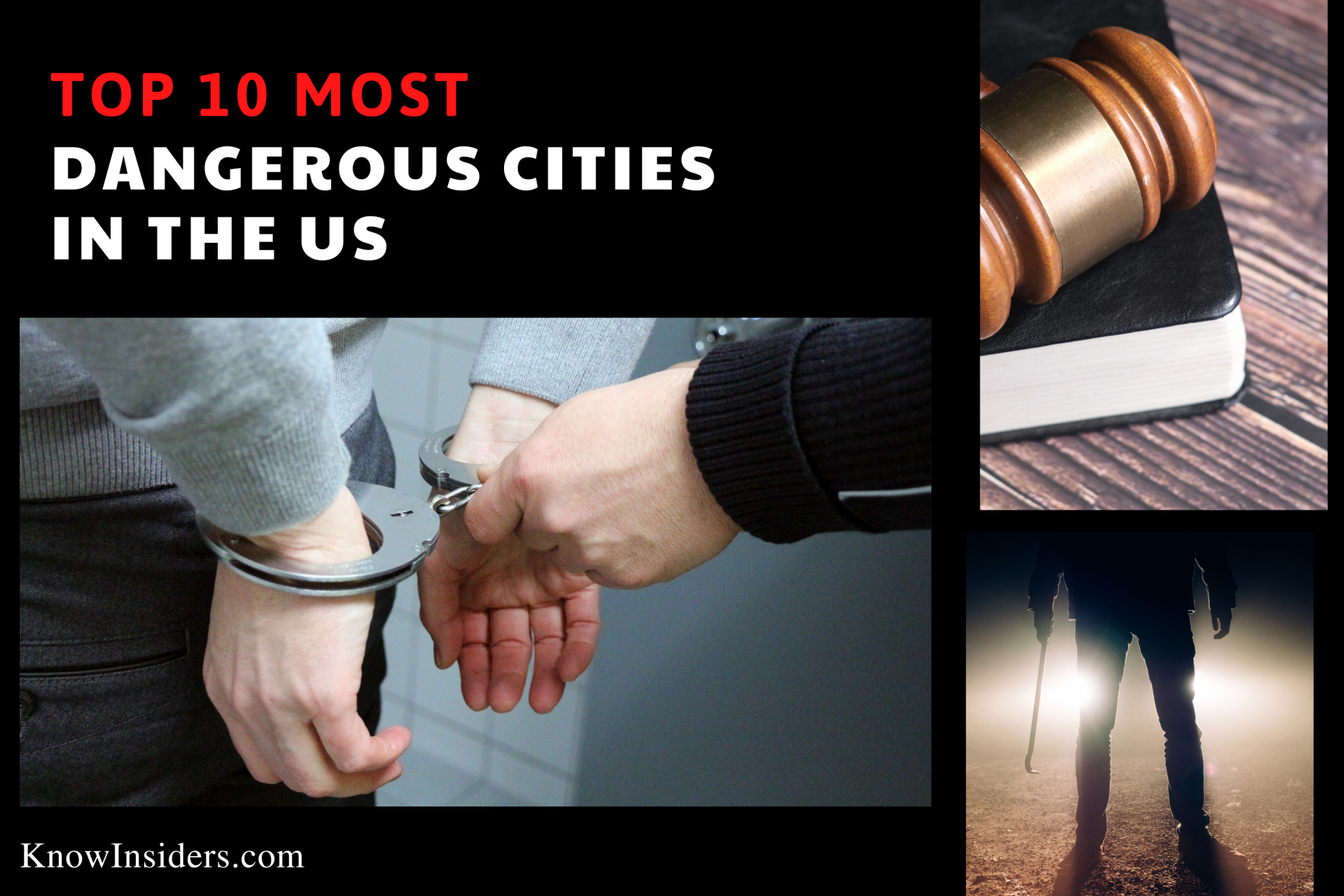 Top 10 Most Dangerous Cities in the US - Riskiest Urban Centers (2024 Report) Top 10 Most Dangerous Cities in the US - Riskiest Urban Centers (2024 Report) In the United States, violent crime—particularly gun violence—is making headlines, especially in the major cities of the nation. However, which large metropolises report the greatest ... |
 Top 12 Most Liberal Cities in the US Top 12 Most Liberal Cities in the US Discover the top 12 most liberal cities in the United States for 2024, where progressive principles and diversity thrive. Explore the dynamic metropolitan centers defining ... |


